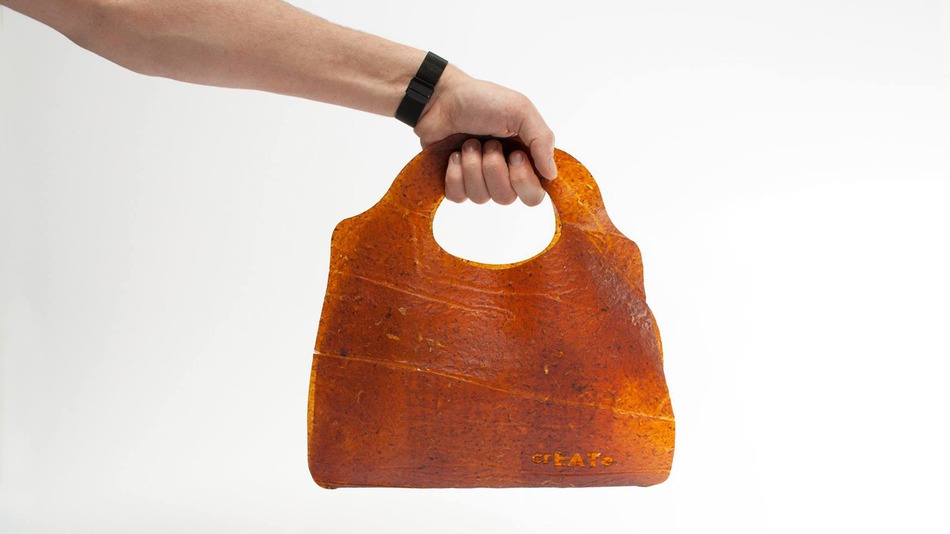You may have heard by now, Google announced that it has created a new parent company named Alphabet. This brand portfolio strategy will likely have an impact on revenue and profitability, but that is a lesson for another blog post. First, let’s focus on the strategically crafted letter titled “G is for Google”, posted on abc.xyz, the new web destination for Alphabet.
This letter reads like a deceivingly simple explanation for the change, which makes it intriguing (to me) and effective (for investors). While Google doesn’t explain what Alphabet is until the 5th paragraph, we’ll only need the first 3 paragraphs to illustrate their brand strategy.
To do this, I’ve highlighted only the most essential points in an excerpt from their letter below; removing the clutter so we can see beyond the words and narrow our focus.
G is for Google
As Sergey and I wrote in the original founders letter 11 years ago, “Google is not a conventional company. We do not intend to become one.” As part of that, we also said that you could expect us to make “smaller bets in areas that might seem very speculative or even strange when compared to our current businesses.” From the start, we’ve always strived to do more, and to do important and meaningful things with the resources we have.
We did a lot of things that seemed crazy at the time. Many of those crazy things now have over a billion users, like Google Maps, YouTube, Chrome, and Android. And we haven’t stopped there. We are still trying to do things other people think are crazy but we are super excited about.
We’ve long believed that over time companies tend to get comfortable doing the same thing, just making incremental changes. But in the technology industry, where revolutionary ideas drive the next big growth areas, you need to be a bit uncomfortable to stay relevant.
Recapping the highlighted points, the letter could read…
Google is not a conventional company. We want to make smaller bets that may seem very speculative or strange in order to do important and meaningful things. We did things that have seemed crazy but now have over a billion users, and we haven’t stopped doing crazy things that we are super excited about. Companies get comfortable, but in the technology industry, you have to be uncomfortable to grow and stay relevant.
From this perspective, it is easier to understand that Google…
– Does not want to be perceived as conventional.
– Is a big company that wants to make smaller and speculative bets.
– Enjoys and has succeeded doing things that seem crazy.
– Does not want to get comfortable.
– Believes that they will have to be uncomfortable to grow and stay relevant.
My belief is that this is the same Google packaged in a new way. Like the original founders stated, they’ve always been unconventional. Their brand feels a need to reassert their unconventional position in a way that captures the attention of the internal team, investors, and users. As far as I can tell, Alphabet is the newer Google.
